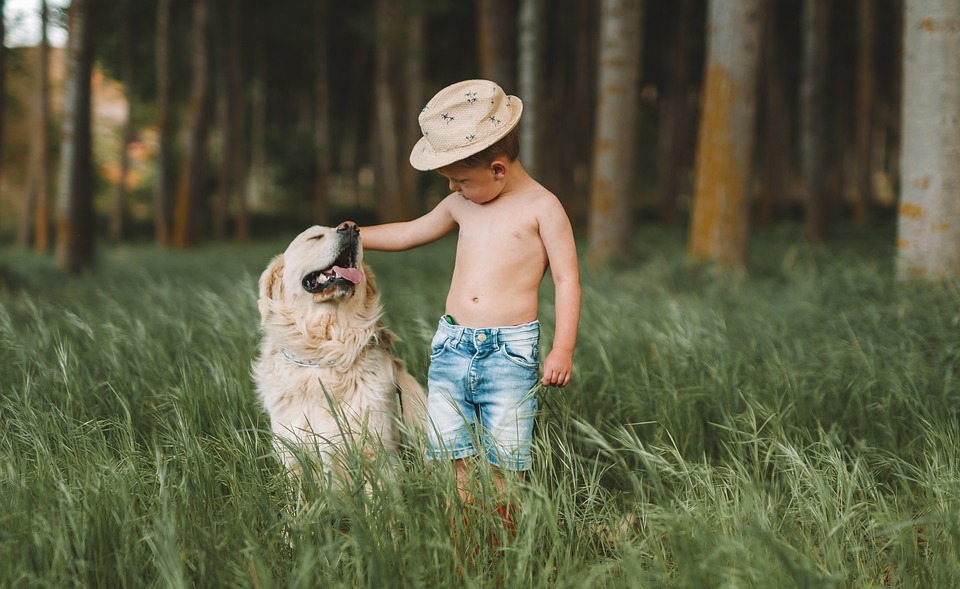*Unleashing Your Dog’s Potential*
Bringing a new puppy or adopting a furry friend into your family is an exciting and joyous experience. As a responsible dog owner, it’s essential to provide proper training to ensure your canine companion becomes a well-behaved and happy member of your household. Teaching your dog to fetch specific toys, or even retrieve them by name, can be a great way to stimulate their mental abilities and strengthen the bond between you and your furry pal. In this article, we will explore effective techniques and strategies to help you teach your dog this useful skill.
1. Laying the Foundation: Basic Fetch Training
Before diving into teaching your dog to fetch specific toys, it’s crucial to establish a strong foundation in basic fetch training. This foundation will ensure your dog understands the concept of retrieving objects and enjoys the game. Follow these steps to get started:
Step 1: Choose the Right Toy
Select a toy that your dog finds particularly appealing. It could be a squeaky ball, a plush toy, or a rope toy – choose something your dog can easily grasp and carry.
Step 2: Encourage Interest
Hold the toy in front of your dog and let them sniff and investigate it. Once they show interest, toss the toy a short distance, encouraging them to retrieve it. Use enthusiastic praise and rewards when they bring the toy back to you.
Step 3: Introduce a Cue
Associate a specific cue, such as “fetch” or “get it,” with the act of retrieving the toy. Use this cue consistently whenever you initiate the game.
Step 4: Reinforce and Repeat
Continue practicing the basic fetch game, gradually increasing the distance you throw the toy. Always reward and praise your dog for successful retrieves.
2. Advanced Techniques: Teaching Your Dog to Fetch Specific Toys
Once your dog has mastered basic fetch training, you can take their skills to the next level by teaching them to fetch specific toys. Here are some techniques to help you achieve this:
Technique 1: Name Recognition
Start by teaching your dog the names of their toys. Begin with one toy and use its name consistently during playtime. For example, if the toy is a stuffed squirrel, call it “Squirrel.” Every time you engage in fetch with the squirrel toy, say its name repeatedly.
Technique 2: Introduce Multiple Toys
Gradually introduce additional toys, each with its own unique name. Repeat the name of each toy while playing fetch with it. By associating specific names with individual toys, your dog will learn to differentiate between them.
Technique 3: Fetch by Name
Once your dog has learned the names of their toys, you can start teaching them to fetch specific toys on command. Begin by placing two toys in front of your dog, one they know the name of and one unfamiliar toy. Give the command to fetch the toy by name, such as “Fetch Squirrel.” Praise and reward your dog when they retrieve the correct toy.
3. Frequently Asked Questions (FAQs)
Q1: My dog seems uninterested in playing fetch. How can I motivate them?
A: Some dogs may not be naturally inclined to fetch. Try using high-value treats or incorporating their favorite game into the fetch training. Experiment with different toys to find the one that excites your dog the most.
Q2: My dog knows the names of their toys, but they often bring the wrong one. What should I do?
A: This can happen during the initial stages of training. To resolve this issue, reinforce the correct retrieval behavior by rewarding and praising your dog when they bring the right toy. Gradually decrease the rewards for incorrect retrieves to encourage them to make the right choices.
Q3: Can I teach my older dog to fetch specific toys, or is it too late?
A: Dogs of any age can learn new tricks! Although it may take more patience and consistency, older dogs can certainly be taught to fetch specific toys. Start with basic fetch training and gradually introduce the advanced techniques outlined in this article.
In Conclusion
Teaching your dog to fetch specific toys or retrieve them by name is an engaging and mentally stimulating activity that offers numerous benefits for both you and your furry friend. With patience, consistency, and positive reinforcement, you can unlock your dog’s potential and enjoy hours of fun-filled fetch sessions together. Remember to adapt the training techniques to suit your dog’s individual needs and never hesitate to seek professional guidance if needed. Happy training and happy fetching!









